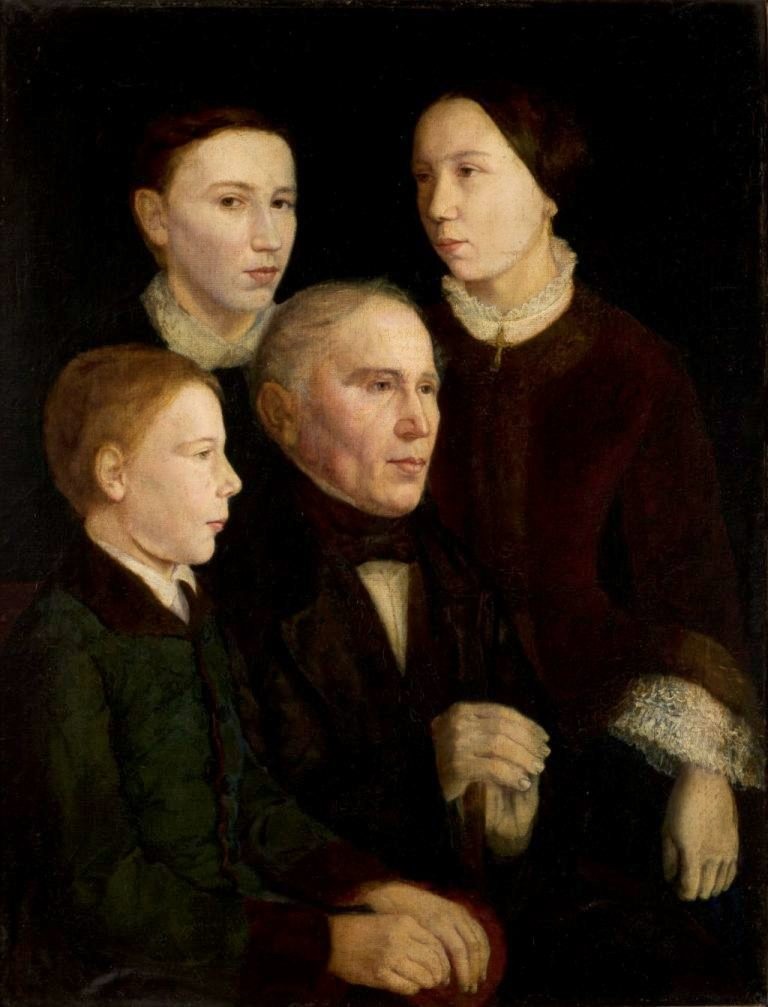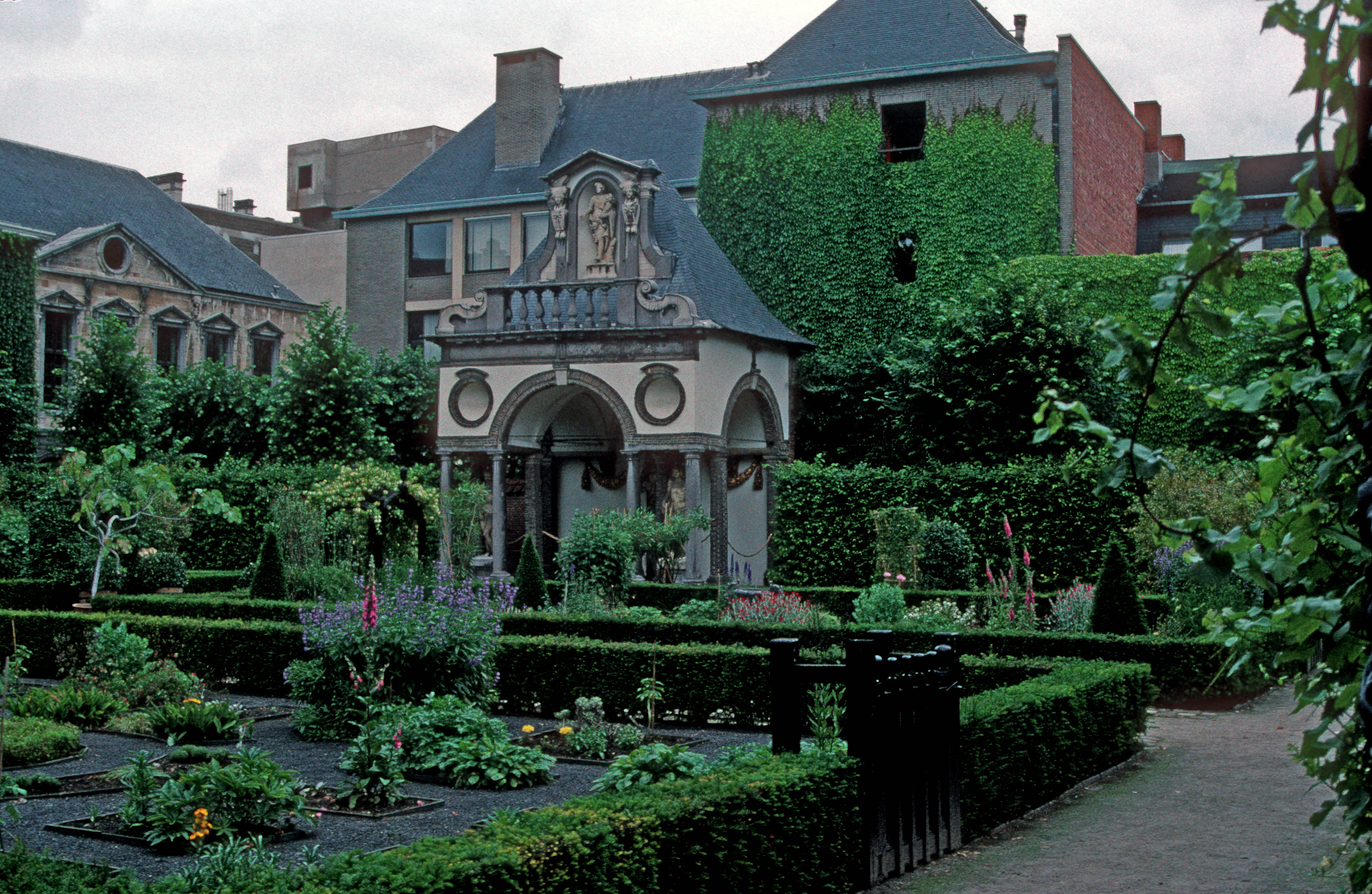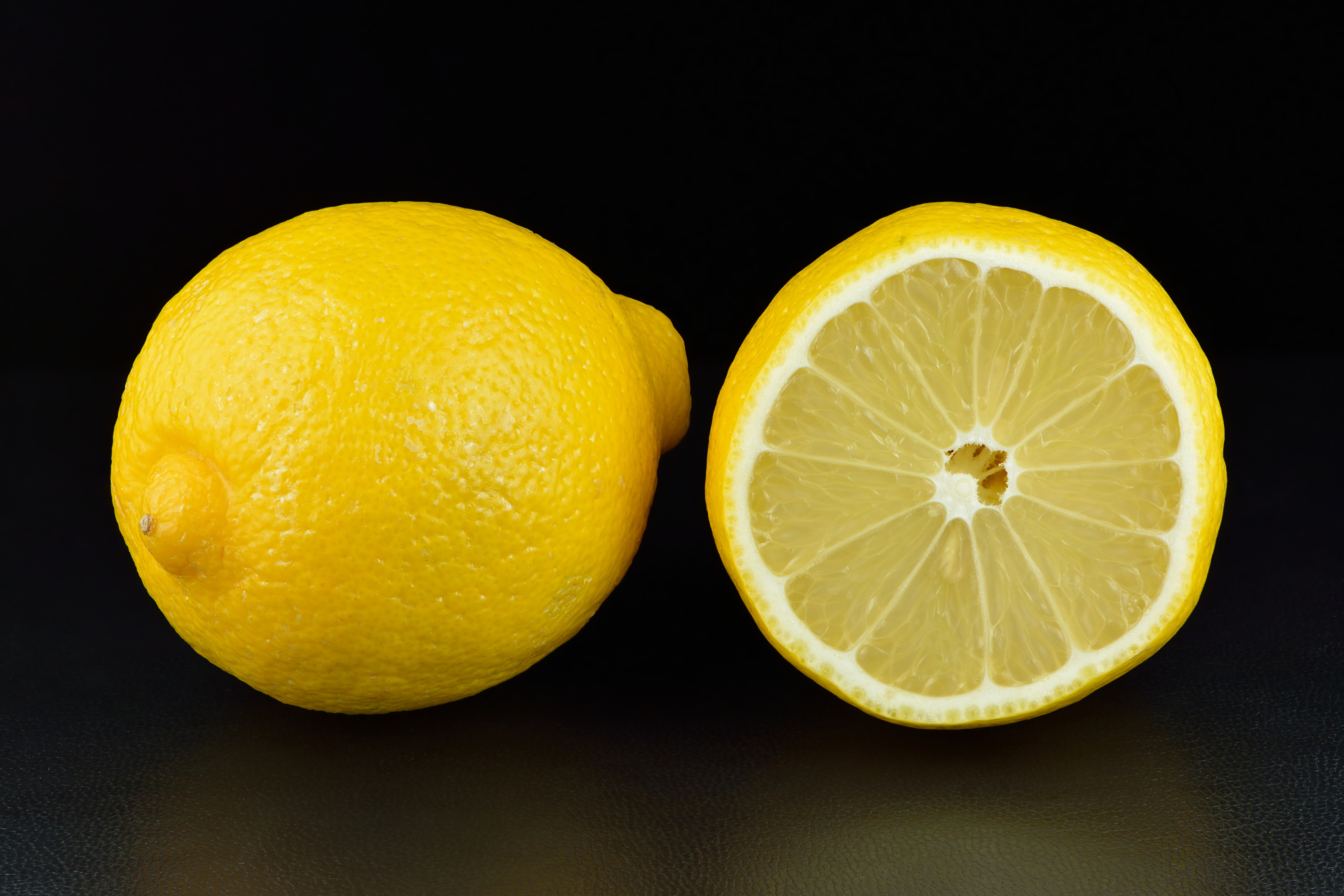|
Raudondvaris Castle
Raudondvaris Castle ( lt, Raudondvario pilis, pl, Czerwony Dwór, literally "Red Manor"), also referred to as Raudondvaris Manor, is a Gothic-Renaissance gentry residence, located in the eponymous town of Raudondvaris, Lithuania. First mentioned as a pagan keep by Teutonic chroniclers in 1392. When Samogitia was handed over to the Order, the Teutons built a small castle of ''Koenigsburg'' on this spot, housing 80 knights and 400 soldiers. The castle was further strengthened and enlarged following the Battle of Grunwald. Since then it was the personal property of kings of Poland and the Grand Dukes of Lithuania until 1549, when Sigismund II Augustus donated it (along with the surrounding town) to his wife, queen-consort Barbara Radziwiłł. Following her death the red brick-built manor (which gave its name to the surrounding village of Czerwony Dwór, modern Raudondvaris) fell into disuse and was sold to Gintowt-Dziewałtowski family, who sold it back to the mighty Radziwiłł ... [...More Info...] [...Related Items...] OR: [Wikipedia] [Google] [Baidu] |
Raudondvaris Palace
Raudondvaris is a village on the Nevėžis River in Kaunas district, Lithuania, west of Kaunas city municipality. History The town was first mentioned in Teutonic chronicles in 1392. The old castle was rebuilt after the Battle of Grunwald and became Grand Duke's property. In 1549 Grand Duke Sigismund II Augustus presented the castle to his wife, Barbara Radziwiłł. After her death the castle fell to ruin. A new Renaissance red brick palace, known as Raudondvaris Castle, was built in 1615 on the high bank of the Nevėžis River by the Radziwiłłs. The palace is surrounded by a park with a palm house (no longer in use). The residence was known for its remarkable fine arts collection, including paintings by Leonardo da Vinci, Caravaggio, Rubens and del Sarto. The palace belonged to the Tyszkiewicz family until the end of World War I, when it was converted into a shelter for children. It suffered damage during World War II and was rebuilt only in 1959–1973. Currently it hou ... [...More Info...] [...Related Items...] OR: [Wikipedia] [Google] [Baidu] |
World War II
World War II or the Second World War, often abbreviated as WWII or WW2, was a world war that lasted from 1939 to 1945. It involved the World War II by country, vast majority of the world's countries—including all of the great powers—forming two opposing military alliances: the Allies of World War II, Allies and the Axis powers. World War II was a total war that directly involved more than 100 million Military personnel, personnel from more than 30 countries. The major participants in the war threw their entire economic, industrial, and scientific capabilities behind the war effort, blurring the distinction between civilian and military resources. Air warfare of World War II, Aircraft played a major role in the conflict, enabling the strategic bombing of population centres and deploying the Atomic bombings of Hiroshima and Nagasaki, only two nuclear weapons ever used in war. World War II was by far the List of wars by death toll, deadliest conflict in hu ... [...More Info...] [...Related Items...] OR: [Wikipedia] [Google] [Baidu] |
Jan Matejko
Jan Alojzy Matejko (; also known as Jan Mateyko; 24 June 1838 – 1 November 1893) was a Polish painter, a leading 19th-century exponent of history painting, known for depicting nodal events from Polish history. His works include large scale oil paintings such as '' Rejtan'' (1866), ''the Union of Lublin'' (1869), '' the Astronomer Copernicus, or Conversations with God'' (1873), or ''the Battle of Grunwald'' (1878). He was the author of numerous portraits, a gallery of Polish monarchs in book form, and murals in St. Mary's Basilica, Kraków. He is considered by many as the most celebrated Polish painter, and sometimes as the "national painter" of Poland. Matejko was among the notable people to receive an unsolicited letter from the German philosopher Friedrich Nietzsche, as the latter tipped, in January 1889, into his psychotic breakdown while in Turin. Matejko spent most of his life in Kraków. His teachers at the Kraków Academy of Fine Arts included Wojciech Korneli Stattle ... [...More Info...] [...Related Items...] OR: [Wikipedia] [Google] [Baidu] |
Caravaggio
Michelangelo Merisi (Michele Angelo Merigi or Amerighi) da Caravaggio, known as simply Caravaggio (, , ; 29 September 1571 – 18 July 1610), was an Italian painter active in Rome for most of his artistic life. During the final four years of his life he moved between Naples, Malta, and Sicily until his death. His paintings have been characterized by art critics as combining a realistic observation of the human state, both physical and emotional, with a dramatic use of lighting, which had a formative influence on Baroque painting. Caravaggio employed close physical observation with a dramatic use of chiaroscuro that came to be known as tenebrism. He made the technique a dominant stylistic element, transfixing subjects in bright shafts of light and darkening shadows. Caravaggio vividly expressed crucial moments and scenes, often featuring violent struggles, torture, and death. He worked rapidly with live models, preferring to forgo drawings and work directly onto the canvas. Hi ... [...More Info...] [...Related Items...] OR: [Wikipedia] [Google] [Baidu] |
Rubens
Sir Peter Paul Rubens (; ; 28 June 1577 – 30 May 1640) was a Flemish artist and diplomat from the Duchy of Brabant in the Southern Netherlands (modern-day Belgium). He is considered the most influential artist of the Flemish Baroque tradition. Rubens's highly charged compositions reference erudite aspects of classical and Christian history. His unique and immensely popular Baroque style emphasized movement, colour, and sensuality, which followed the immediate, dramatic artistic style promoted in the Counter-Reformation. Rubens was a painter producing altarpieces, portraits, landscapes, and history paintings of mythological and allegorical subjects. He was also a prolific designer of cartoons for the Flemish tapestry workshops and of frontispieces for the publishers in Antwerp. In addition to running a large workshop in Antwerp that produced paintings popular with nobility and art collectors throughout Europe, Rubens was a classically educated humanist scholar and diplomat ... [...More Info...] [...Related Items...] OR: [Wikipedia] [Google] [Baidu] |
Leonardo Da Vinci
Leonardo di ser Piero da Vinci (15 April 14522 May 1519) was an Italian polymath of the High Renaissance who was active as a painter, Drawing, draughtsman, engineer, scientist, theorist, sculptor, and architect. While his fame initially rested on his achievements as a painter, he also became known for #Journals and notes, his notebooks, in which he made drawings and notes on a variety of subjects, including anatomy, astronomy, botany, cartography, painting, and paleontology. Leonardo is widely regarded to have been a genius who epitomized the Renaissance humanism, Renaissance humanist ideal, and his List of works by Leonardo da Vinci, collective works comprise a contribution to later generations of artists matched only by that of his younger contemporary, Michelangelo. Born Legitimacy (family law), out of wedlock to a successful Civil law notary, notary and a lower-class woman in, or near, Vinci, Tuscany, Vinci, he was educated in Florence by the Italian painter and sculpto ... [...More Info...] [...Related Items...] OR: [Wikipedia] [Google] [Baidu] |
World War I
World War I (28 July 1914 11 November 1918), often abbreviated as WWI, was List of wars and anthropogenic disasters by death toll, one of the deadliest global conflicts in history. Belligerents included much of Europe, the Russian Empire, the United States, and the Ottoman Empire, with fighting occurring throughout Europe, the Middle East, Africa, the Pacific Ocean, Pacific, and parts of Asia. An estimated 9 million soldiers were killed in combat, plus another 23 million wounded, while 5 million civilians died as a result of military action, hunger, and disease. Millions more died in Genocides in history (World War I through World War II), genocides within the Ottoman Empire and in the Spanish flu, 1918 influenza pandemic, which was exacerbated by the movement of combatants during the war. Prior to 1914, the European great powers were divided between the Triple Entente (comprising French Third Republic, France, Russia, and British Empire, Britain) and the Triple A ... [...More Info...] [...Related Items...] OR: [Wikipedia] [Google] [Baidu] |
Tyszkiewicz Family
Tyszkiewicz is the name of the Tyszkiewicz family, a Polish–Lithuanian magnate noble family of Ruthenian origin. The Lithuanian equivalent is Tiškevičius; it is frequently transliterated from Russian and Belarusian as Tyshkevich. Other people with the name include: * Beata Tyszkiewicz (born 1938), Polish actress * Eustachy Tyszkiewicz (1814–1874), Polish antiquarian and museum founder * Iwan Tyszkiewicz (died 1611), Polish-Lithuanian Socinian executed as a blasphemer and heretic * Piotr Tyszkiewicz, Polish footballer * Robert Tyszkiewicz (born 1963), Polish politician * Stefan Tyszkiewicz (1894–1976), Polish-Lithuanian landowner, engineer and inventor People named Tyshkevich include: * Regina Tyshkevich Regina Iosifovna Tyshkevich ( be, Рэгіна Іосіфаўна Тышкевіч; 20 October 1929 – 17 November 2019) was a Belarusian mathematician, an expert in graph theory, Doctor of Physical and Mathematical Sciences, professor of the ... (1929–2019), ... [...More Info...] [...Related Items...] OR: [Wikipedia] [Google] [Baidu] |
Ice House (building)
An ice house, or icehouse, is a building used to store ice throughout the year, commonly used prior to the invention of the refrigerator. Some were underground chambers, usually man-made, close to natural sources of winter ice such as freshwater lakes, but many were buildings with various types of insulation. During the winter, ice and snow would be cut from lakes or rivers, taken into the ice house, and packed with insulation (often straw or sawdust). It would remain frozen for many months, often until the following winter, and could be used as a source of ice during the summer months. The main application of the ice was the storage of foods, but it could also be used simply to cool drinks, or in the preparation of ice-cream and sorbet desserts. During the heyday of the ice trade, a typical commercial ice house would store of ice in a and building. History A cuneiform tablet from c. 1780 BC records the construction of an icehouse by Zimri-Lim, the King of Mari, in t ... [...More Info...] [...Related Items...] OR: [Wikipedia] [Google] [Baidu] |
Wawrzyniec Cezary Anichini
Wawrzyniec Cezary Anichini (born Cesare Anighini; 1787 in Florence – January 31, 1861 in Raudondvaris) was an Italian architect, active mostly in what is now the Republic of Lithuania. Anichini arrived to the lands of the former Polish–Lithuanian Commonwealth in 1812 as an engineer within Napoleon's Grande Armée. Following Napoleon's defeat in Russia he was captured as prisoner of war. Released by the Russians he settled in Vilna (modern Vilnius) together with yet another Italian expatriate, Franciszek Andriolli (a sculptor and father of Michał Elwiro Andriolli). With time he polonised his surname and signed most his projects as ''Cezary Anichini''. Throughout most of his later life he served as an architect of the mighty Tyszkiewicz family. Among the most notable works are the reconstruction of Raudonė Castle, construction of churches in Raudondvaris (did not survive) and Biržai, and park of the Raudondvaris Castle Raudondvaris Castle ( lt, Raudondvario pilis, pl, C ... [...More Info...] [...Related Items...] OR: [Wikipedia] [Google] [Baidu] |
Lemon
The lemon (''Citrus limon'') is a species of small evergreen trees in the flowering plant family Rutaceae, native to Asia, primarily Northeast India (Assam), Northern Myanmar or China. The tree's ellipsoidal yellow fruit is used for culinary and non-culinary purposes throughout the world, primarily for its juice, which has both culinary and cleaning uses. The pulp and rind are also used in cooking and baking. The juice of the lemon is about 5% to 6% citric acid, with a pH of around 2.2, giving it a sour taste. The distinctive sour taste of lemon juice makes it a key ingredient in drinks and foods such as lemonade and lemon meringue pie. History The origin of the lemon is unknown, though lemons are thought to have first grown in Assam (a region in northeast India), northern Myanmar or China. A genomic study of the lemon indicated it was a hybrid between bitter orange (sour orange) and citron. Lemons are supposed to have entered Europe near southern Italy no later t ... [...More Info...] [...Related Items...] OR: [Wikipedia] [Google] [Baidu] |


.jpg)

.jpg)
.jpg)

